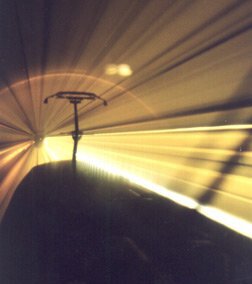Rail System Interface Validation
The following document describes the method we use to qualify current collection…
INTRODUCTION
Railway systems are usually designed in separate parts and are often run by different parties, each responsible for one of these sub-systems. It is therefore essential for the boundaries between individual areas of responsibility to be clearly demarcated in both design and operation terms.
As part of this process, validating the interfaces remains difficult since, by definition, the standard has to be one of the two sub-systems concerned in each case. For example, the interaction between rolling stock and infrastructure (track, signalling and power supply) needs special attention and should be viewed in relation to the system as a whole so as not to overlook potential problems that could have a highly detrimental effect on operations.
Integration tests are therefore essential to guarantee that the system will be able to operate whatever its status: in normal or downgraded mode. Since compatibility is a two-way process, both sides have to comply with certain limits whilst allowing sufficient margins to cater to problems that may arise during their common existence.
In the case of “electric trains”, there are two key interfaces: pantograph/OHL and wheel/rail.
By way of example and for the first of these interfaces, the following document describes the method we use to qualify current collection by means of arc measurements and in relation to contact forces and gives an example of a specific application in practice.





